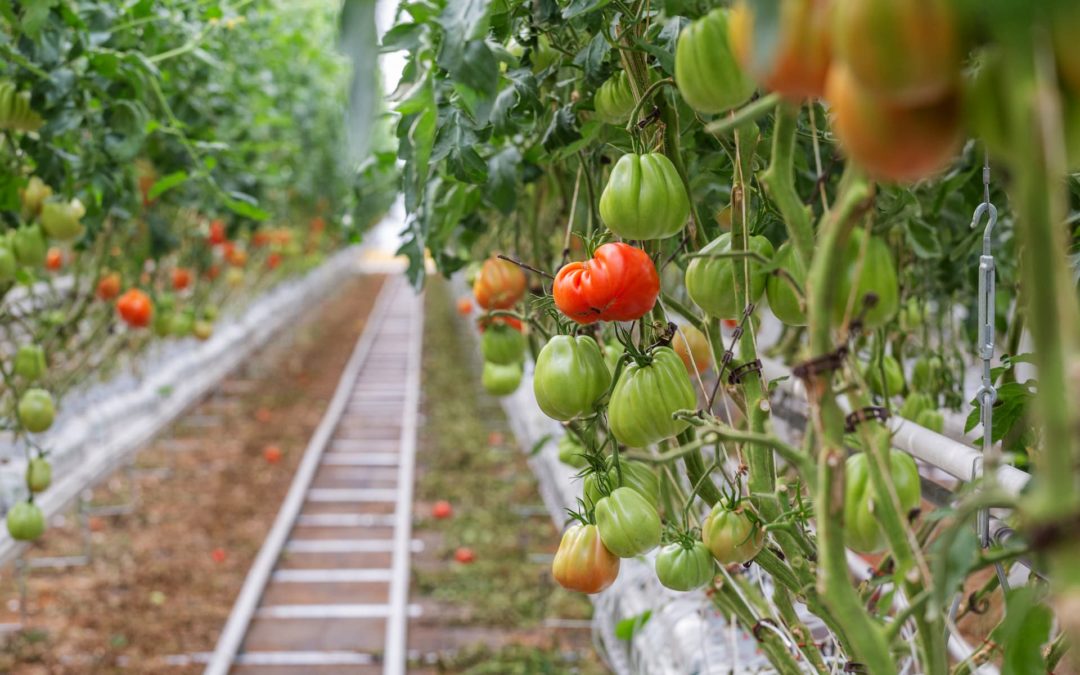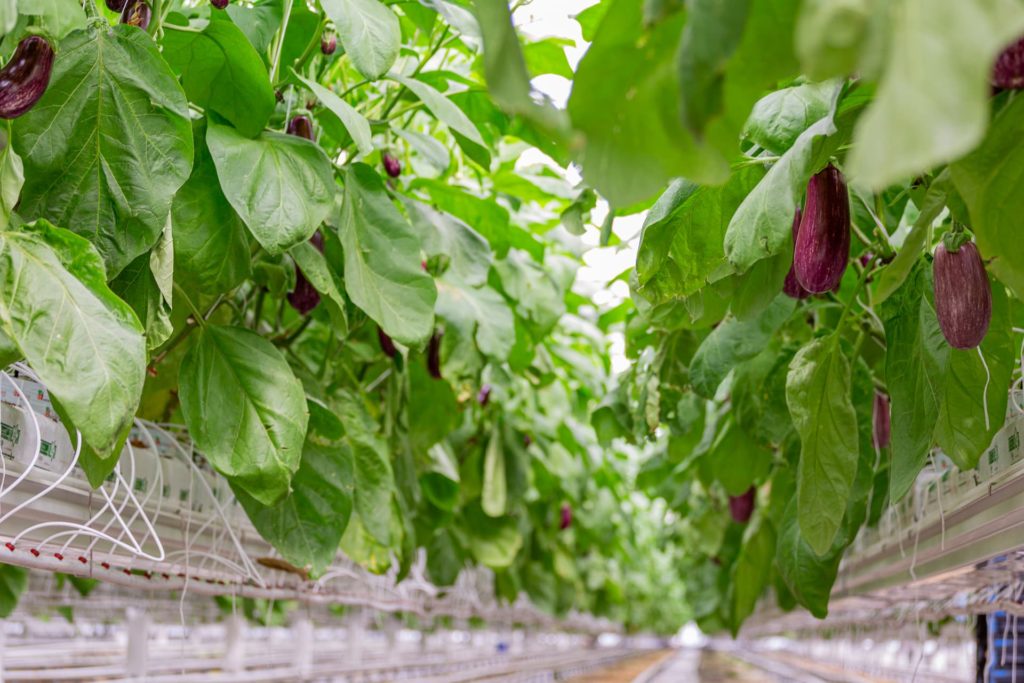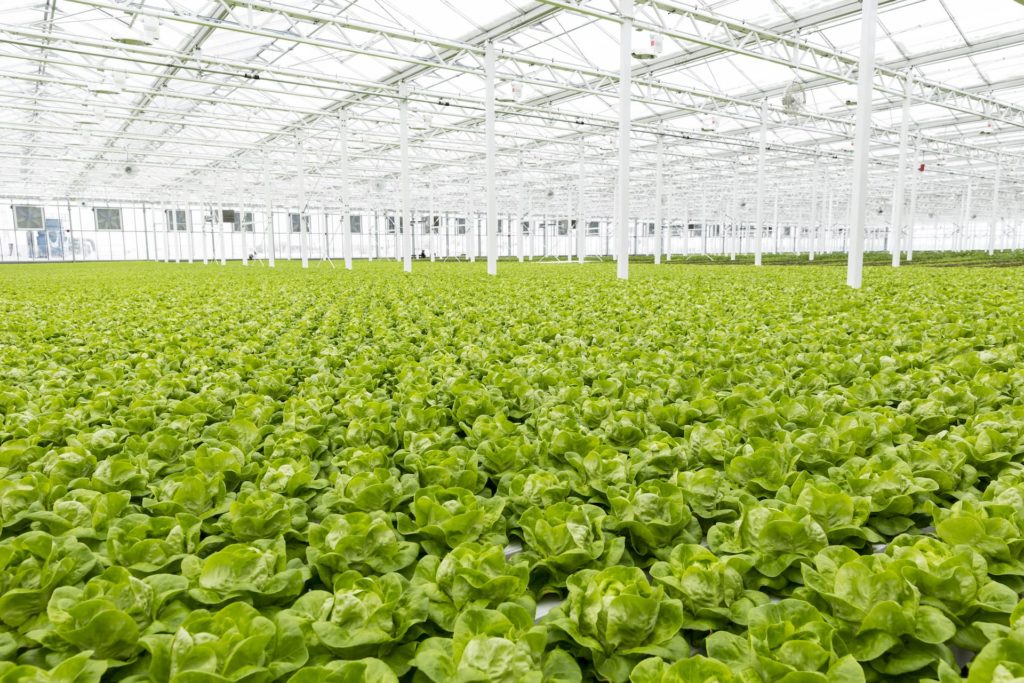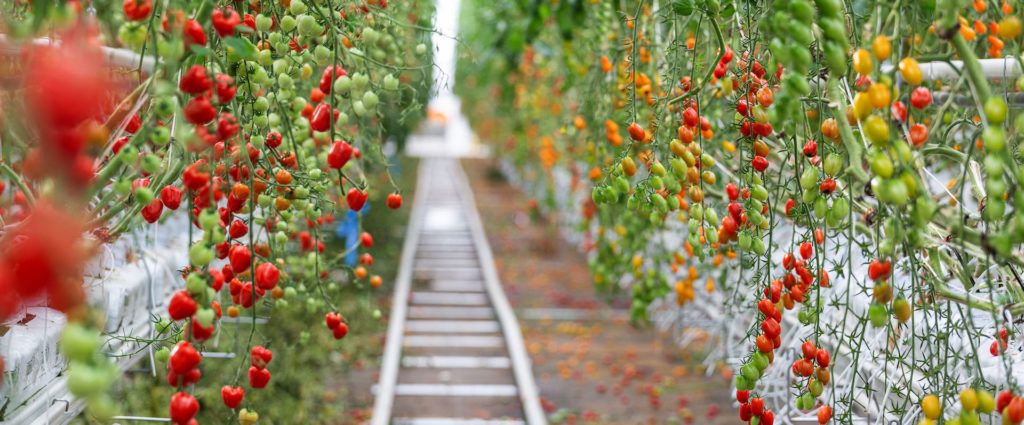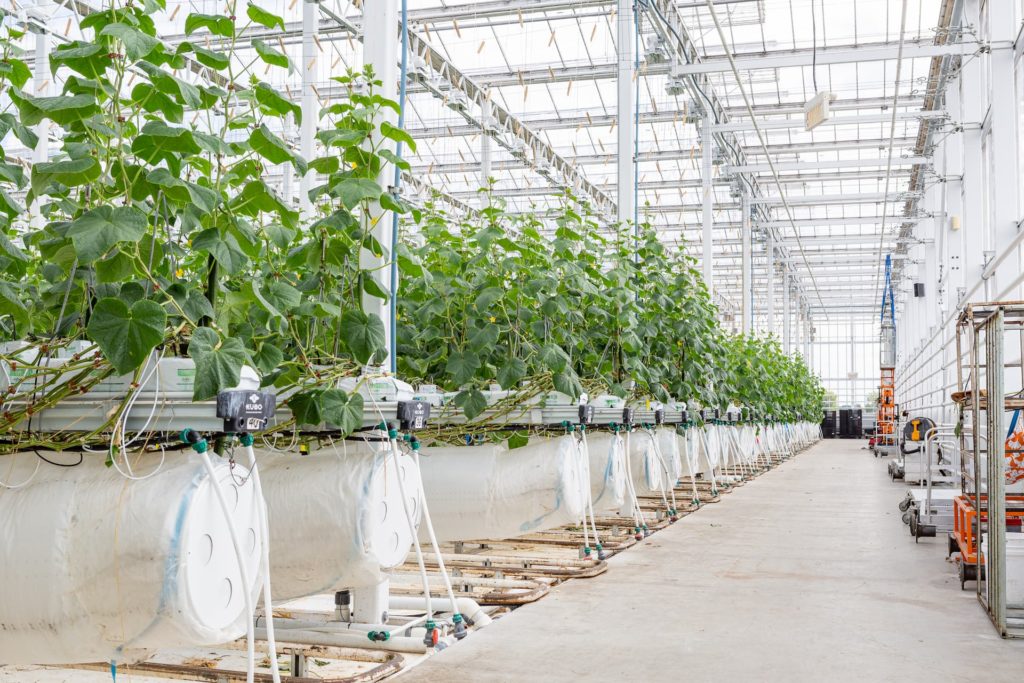Hydroponics, aeroponics and aquaponics are not exactly new nor unusual (in fact, we even maintain an indoors passive hydroponics garden in one of the Regento offices!). However, the implications for agriculture are profound, not just because of efficiency gains. Hydroponics allow reducing land use, virtually eliminating the need for pesticides (when grown indoors), growing plants faster and stronger, reducing water consumption by 95%, reducing fertilizing requirements, and localizing production. Building hydroponic systems will allow mankind to reduce its environmental footprint and tackle many future challenges.
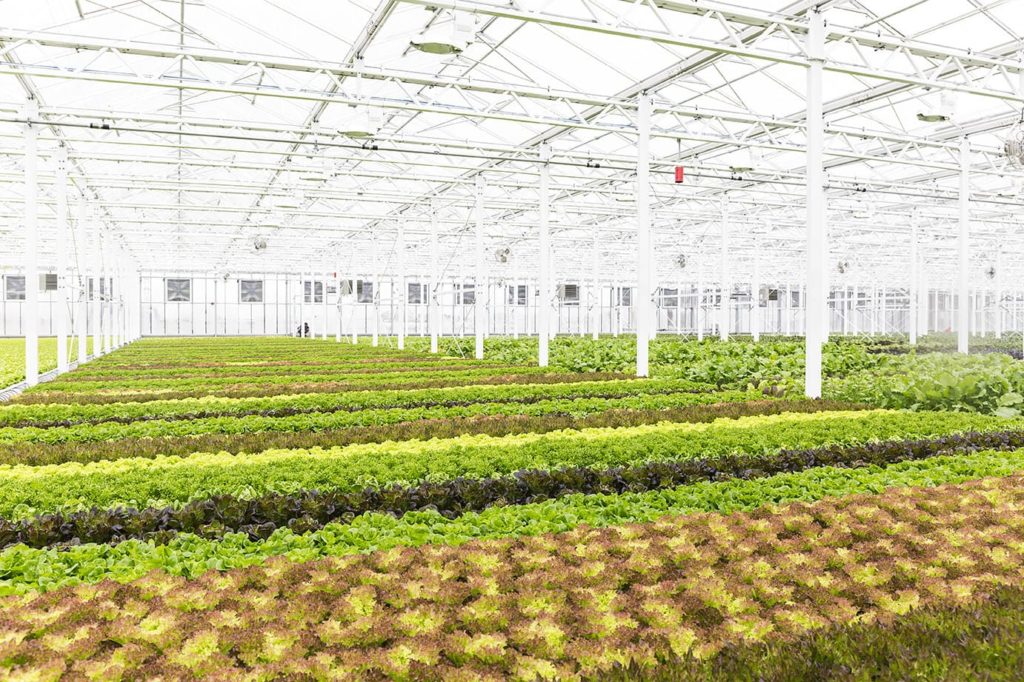
It’s one thing to have our own garden in the Regento office, but building such systems at industrial scale, in a way that is cost-effective and also can produce enough to create local food self-sustainability for future cities, is a whole other challenge. Sometimes, it boils down to not only technological and automation investments, but also just plain old real estate and finance. Because, for all its efficiencies, rooftop and vertical farming startup costs are massive: multiple hundreds of times more “per square foot of land” than traditional farming (due to construction/refurbishing costs, prime urban land costs, technology, etc.). And that’s without considering the artificial lighting requirements (since, in the case of vertical farming, plants will tend to block each other’s access to natural light).
The concept of vertical farming emerged just before the Dot Com crash (in fact, we could say it’s pretty much one of the only sustainable things that came out of that era), when Columbia university professor Dickson Despommier tasked his students with a question along the lines of, “What would sustainable farming look like for 2050?” and they came up with the notion of a 30-stories-high vertical farm that could feed, by itself, 50,000 people. In 2008, the concept caught the attention of the New York City mayor’s office, and, as you can imagine, made the New York Times. In an interview with Time magazine the same year, professor Despommier also pointed out that “With about 160 of these buildings, you could feed all of New York.”
Since then, eco-entrepreneurs around the world have been scrambling to move into this market. We have no doubt that there is considerable money to be made there over time from consumers with a penchant for locally-sourced, ecological, and pesticide-free vegetables (let’s forget for a moment the fact that the types of plants you can grow in hydroponics is limited. We haven’t dared grow potatoes in our office.)
Our lovely city of Montréal is no exception to this trend. As far back as 2010, Lufa farms started out with the first commercial rooftop farm in Montréal—a time where entrepreneurs were just finding out that rooftop farming is much more capital-intensive and complicated from a legal & and engineering standpoint than regular greenhouses. Zoning laws and structural engineering considerations (a roof built with materials designed to carry at least 10% more weight, among other things) made it difficult to find ideal locations in the city.
It took five years for Lufa’s founders to find a suitable building, convince the owner and Montréal’s building department to allow the project to happen, and to design and build it. Getting the project off the ground and into production required an investment of almost two million dollars.
Since then, various other players have entered the field, including Ôplant, Ferme d’hiver, etc. In 2016, the first aquaponics vertical farm opened its doors in Montréal.
While some projects start with the mindset of constructing a purpose-built building, many reuse and repurpose rooftops or existing industrial buildings. A somewhat tangential example of this is how, during the 2020-2021 pandemic, the spanish city of Santander proudly inaugurated the largest indoor vertical garden in Europe in old tobacco factory it is repurposing as a community center. The facility hosts 22,000 plants in 560 m² (6,000 sqft).
The intended use differs of course, and while the scale of the Santander project pales in comparison to AeroFarms’ 22,000 sqft facility in Newark (inaugurated in 2019 in a repurposed foundry), or Lufa Farms’ fourth rooftop greenhouse (the largest in the world—163,800 sqft—at the time of its inauguration in 2020), every such deployment is a step in the right direction for sustainable agriculture.
Technological advancement and supply chain optimizations sure do bring down costs over time, but sometimes the strategic solution is to reuse, refurbish and repurpose what we have. It’s more ecological, too. You’ll have to pardon the puns, but we, at Regento, would like to impart you with some food for thought: how is your business reinventing and repurposing itself to grow… in all its verticals?
— Jeff
Photos credit: Lufa farms, for editorial purposes

